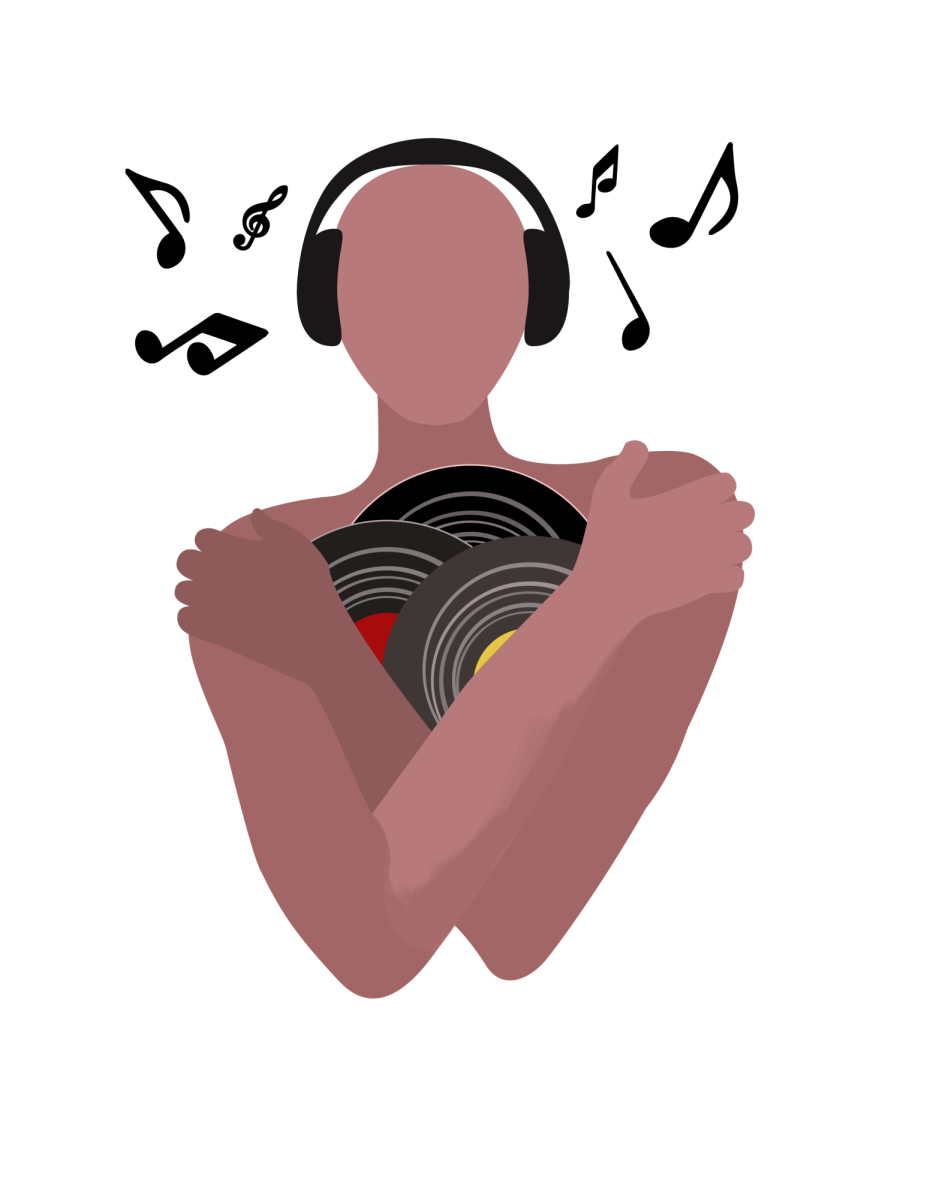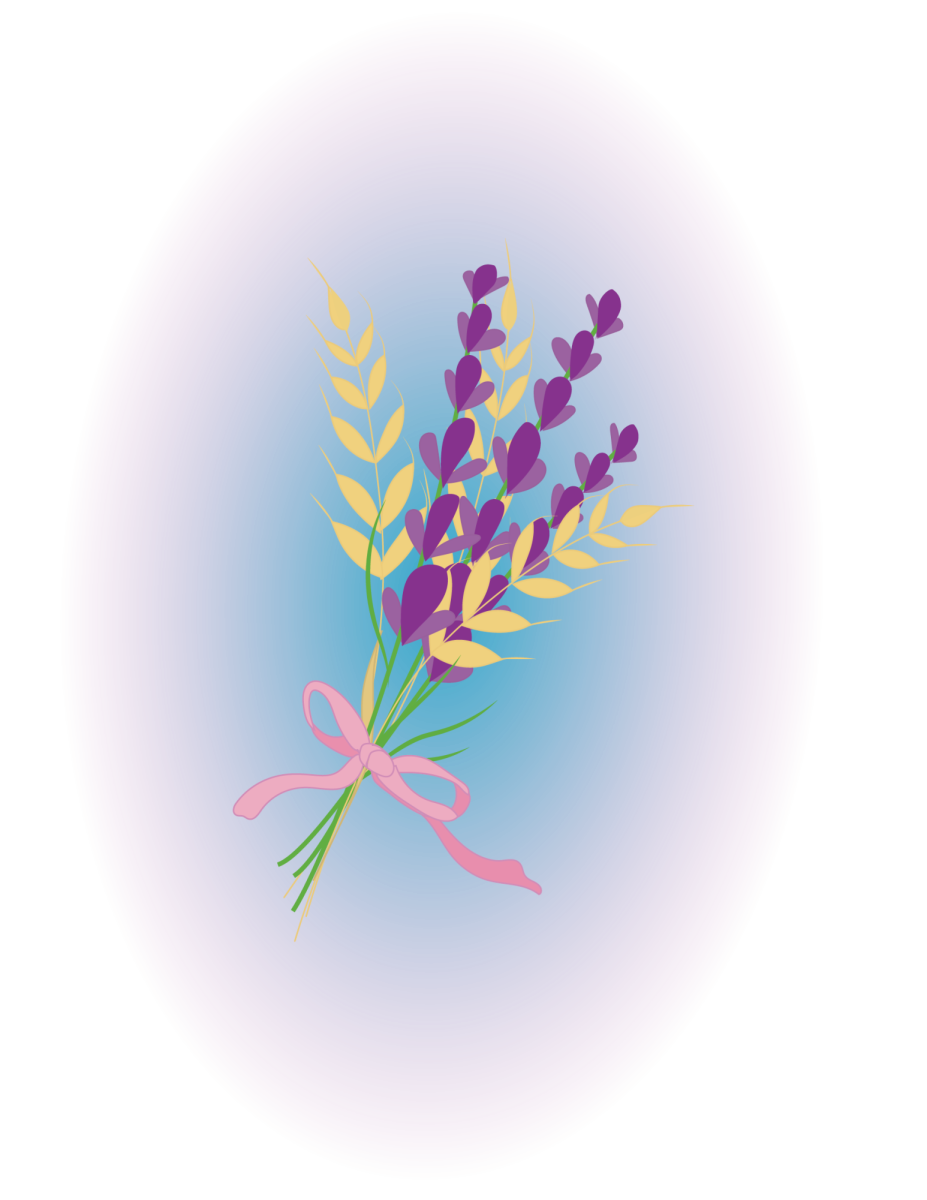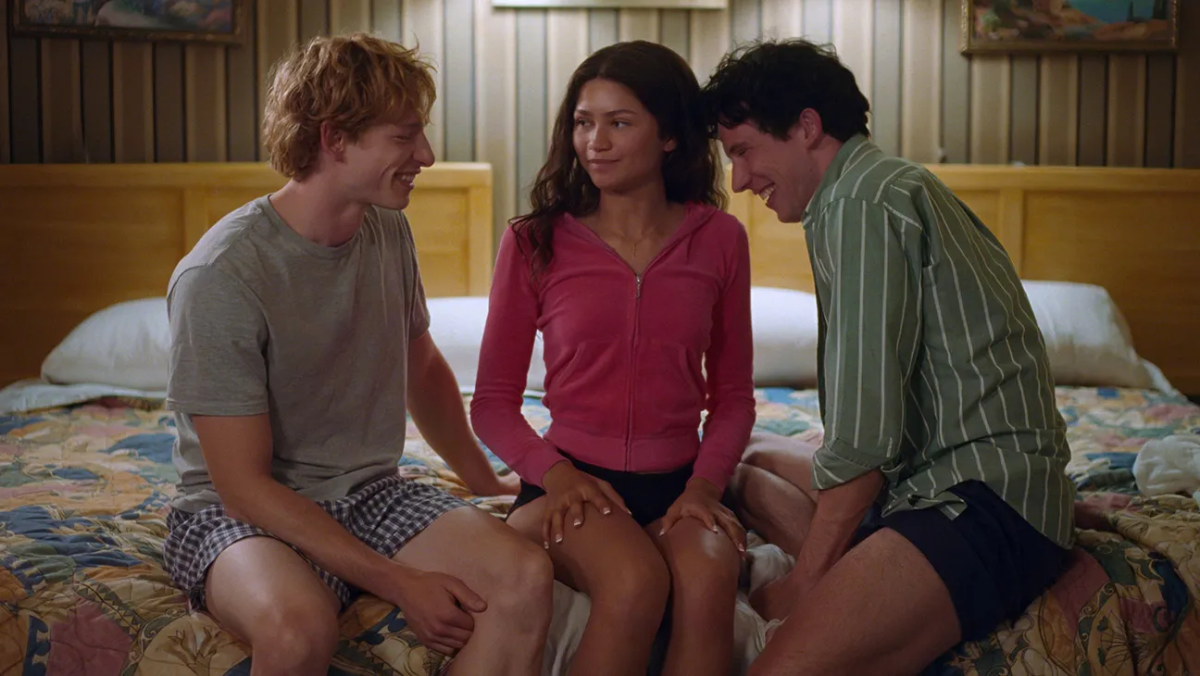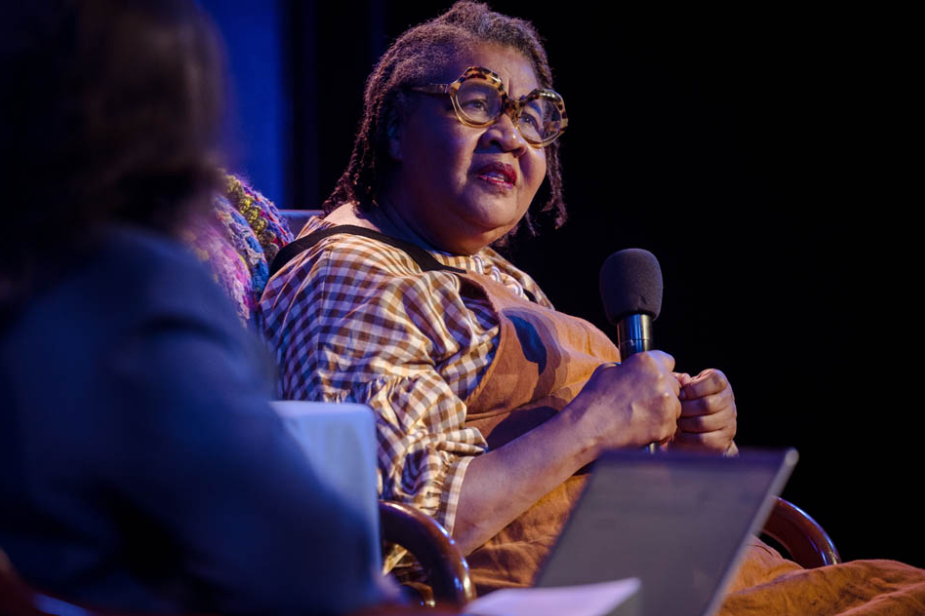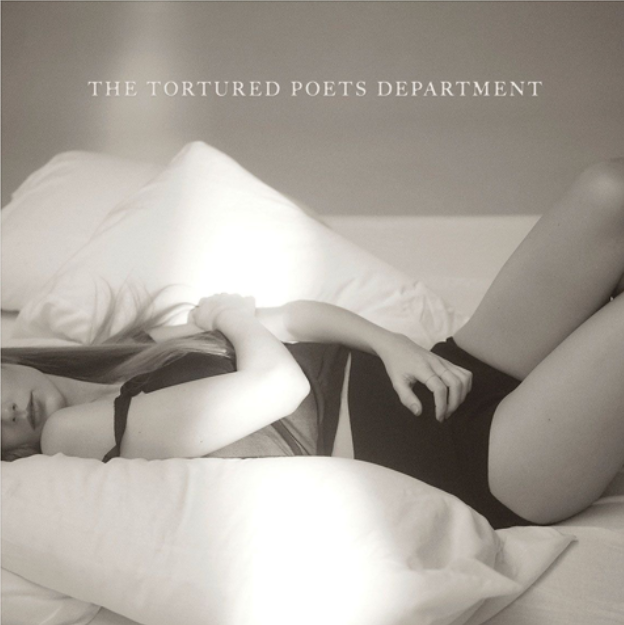When entering an art museum or gallery space, patrons have certain expectations. Perhaps they expect to find paintings on the wall, historical trinkets, objects that inspire thought, or, rarer still, objects that evoke emotion. Few people, however, anticipate a closer connection to the divine.
This spring, the Saint Louis University Museum of Art is hosting two exhibits, “Another Me: Transformations from Pain to Power” and “Relics of a Glorious Past: Imperial Russian Artifacts,” both of which aspire to draw from the viewer more than the ubiquitous oohs and ahhs. They aim to provide a nearly religious experience. These shows provide a glimpse into two different cultures, but, in terms of engaging the viewer, the scale tips in favor of “Another Me.”
The larger gallery of the museum houses the “Relics of a Glorious Past” exhibit. The exhibiting space is divided in two-one half is dedicated to religious icons and the other concentrates on Russian politics and culture.
To the left of the entrance, 150 thematically arranged Russian icons line the walls. The icons are clustered into groups, displaying such figures as Christ, the Fathers of the Eastern Church and Russian Saints. The images are shockingly similar to one another. They clearly follow a strict artistic code that serves both to unify and solidify a longstanding tradition. While the abundance of images does reflect the greater importance of religion in Russian society, the sheer number is overwhelming and begs to be edited.
Religious icons are only one half of the show; the other introduces the art of Russia’s political and social spheres. Through the display of ornate furniture, silver pieces and cutlery, glass and porcelain figures, medals and military ceremonial artifacts, one is acutely aware of the overall opulence of the Russian imperial age and comes to understand its unique cultural heritage.
Despite the presence of some true artistic and historic gems, the show seems to have suffered from a few curatorial missteps. Placards on the walls describe how the artworks were made, but not why or for whom they existed. Artifacts and images are displayed, but their cultural and religious significance goes unexplained. While the items themselves are for the most part interesting, they are placed out of context and the viewer is left to decipher what it is they are looking at.
Where “Relics of a Glorious Past” flounders, “Another Me: Transformations from Pain to Power” flourishes. Held within the museum’s smaller gallery, this unique project displays images of reclamation, hope, fear, anger and love. This photo display is the physical manifestation of 126 girls and women’s journeys from victims to survivors.
Documentary photographer Achinto Bhadra, with the help of counselor Harleen Walia, guided these women through a new and transformative form of art therapy. The former victims of sex trafficking, rape or abandonment adorned themselves with war paint and fantastic costumes in an effort to heal their tortured pasts. From a girls’ shelter in Kolkata, India, each woman told their harrowing story and drawing from their experience, were instructed to create an imaginary being they most wanted to become. They created their own costumes and make-up and came to embody their extraordinary alter egos.
Through art, each girl and woman was given a voice and an opportunity to exist outside of their pain. This art project is more than a visual wonder; it is a very real catharsis. The show is a powerful example of humanity’s ability to heal from the most horrendous of situations. It is bold, heartbreaking and, ultimately, inspiring.
“Another Me: Transformations from Pain to Power” runs until April 19, and “Relics of a Glorious Past: Imperial Russian Artifacts” is running until Dec.
SLUMA is located at 3663 Lindell Blvd.


